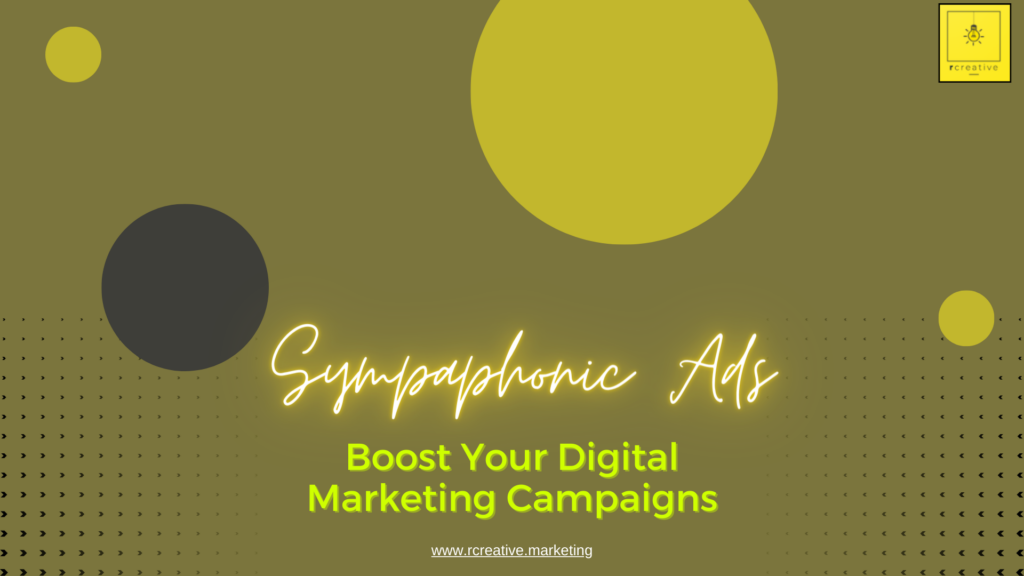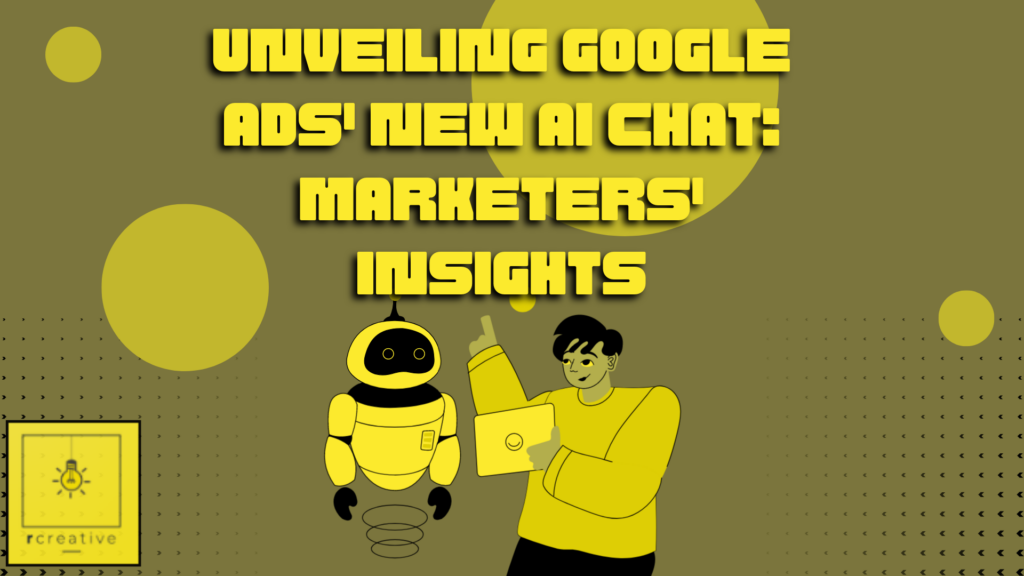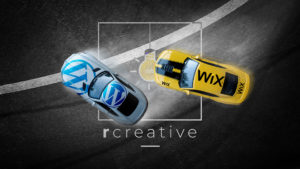One year ago I replaced my aging MacBook with a Linux powered laptop – for running my business. Macs are known as the machine for marketing businesses. I took the plunge anyway.
Here is a glimpse into my journey over the last year, what I learned, and tips for you:
I cut my teeth on tech with home built Windows PCs and custom ordered Dell machines. I built my first website on an under-powered Windows desktop. But I got tired of Windows security holes and constant upkeep. Then the UI vomit of Windows 8 happened. I went exclusively to macOS.
But I continued to evolve as a tech professional, marketer, and business owner. The Mac continued to evolve too. And our paths diverged.
If you’re feeling like the software and hardware ecosystem you’re on just doesn’t fit you and your workflow anymore you may benefit from my journey.
Let’s go!
Before we jump in, some things to know about my business computing needs:
- R Creative is not a one man show. I’m not a solopreneur. Running my business exclusively on Linux means exactly that. I, Joshua Rystedt, run my business on Linux. However, not every team member or contractor does so. In fact, the majority of our contractors use Windows and the rest of the lead team use Macs. We believe that creative professionals do their best work in tech environments that fit their workflow. Consequently, I need to be able to work with team members regardless of which operating system they’re on.
- I don’t do graphic design or art anymore – our amazing graphic designers do. However, as the Managing Owner I do need to be able to open and review Adobe file formats.
- In recent years I have increasingly been selling and managing more than I have been developing. I started in this industry as a web developer but I’m now a business owner and manager. I may open Visual Studio Code three times a week and when I do I’m usually not the only professional working on that file or site. Nevertheless, a workflow that makes easy connections to Linux servers and easy code management is still important in my role.
- Our company uses a lot of cloud software now including self hosted software, Google Workspace, AirTable, Grasshopper, ManageWP, Standard Notes, and more.
Why I Switched to Linux – In Brief:
- I love UNIX like systems (eg macOS and Linux)
- I know the Linux terminal inside and out
- I like to customize endlessly
- I learned tiling window management is a God-send
- Macs just can’t be upgraded or repaired anymore
- I spend most of each business day at my keyboard – I want some spring when I hit those keys (Mac keyboards are terrible now)
Needless to say, business management on Linux isn’t for everyone. But you also don’t need to hit all of the points above for you to love it too.
The Journey
I admit, the day my System76 Darter Pro arrived I made a hard switch. It was reminiscent of the day I started drinking coffee – tea just wasn’t for me on the daily anymore.
However, every change has a journey. This is mine.
Research and Purchase
I spent about two years researching workhorse laptops that either shipped with Linux or were clearly Linux compatible. System76, Lenovo, and Dell were all in the running.
I wanted to use an Ubuntu or Arch based Linux distribution because of the robust software ecosystems and communities built around them. Dependability matters. System76, Lenovo, and Dell all had options for me.
I have been building and repairing PC and mobile hardware for about two decades. I can fix most computer problems myself. I don’t want my PC manufacturer keeping me from upgrading memory, replacing a hard drive, or swapping out the battery. This ruled out some models from Lenovo and Dell but not all.
Here’s the clincher. I wanted US based support for the hardware and the software. I run a business after all. Can I debug why my wifi driver stopped working after an update and correct the problem? Sure! Do I want to lose half of my work day doing so? No. System76 is a Linux PC manufacturer that supports their hardware and the operating system (especially their drivers). Alright, so the machines aren’t Mac level pretty and the Dell XPS Developer series looks downright sexy by comparison but I was sold. System76 it was.
I finally ordered my machine in December 2019.
Oops
I was thrilled when my System76 Darter Pro sporting Pop!_OS arrived. System76 even worked with me to get it to me prior to a trip I was scheduled to take. It rocked!
And the screen’s backlight bleed was horrible. Like distractingly bad. Granted, I was coming off of a 5k iMac and a retina MacBook so I was probably overly critical.
So System76 replaced the entire machine for me. Now that is customer service.
It still has some backlight bleed (what LCD doesn’t have some?) but it is much better than the model that originally hit my doorstep.
Setup and Replacements
I only spent about one day (over a weekend) setting up my Linux machine for work. Desktop environment tweaks, Geary for unified email, and Vivaldi for web browsing were on the top of my list.
My biggest woe leaving macOS? No longer having Spark email on desktop (which my assistant and I had become pretty accustomed to).
Geary is slow with as many email accounts as I have and search can at times become unusable. I ultimately switched to using Shift once R Creative had finalized our transition to Google Workspace.
Some other software replacements were necessary:
- Microsoft Word → Google Docs & Libreoffice Writer
- Adobe Photoshop → GIMP
- Adobe Illustrator → Inkscape
- iCloud Drive → Google Drive with Insync
- iMessage → Signal
Desktop Environments and Hitting My Stride
My System76 Darter Pro shipped with Pop!_OS which sports a customized Gnome desktop (it is Mac-like, well supported, and easily customized).
But tiling window management wasn’t a reality on it (besides awkward Gnome extensions). I switched to KDE with a custom tiling script for a few months and loved it.
Then Material Shell hit its stride and Pop!_OS released their own tiling extension for Gnome.
Back to Gnome I went and I’ve been there since. Props to Material Shell for always improving the tiling experience on Gnome and for Pop!_OS bringing it to the “mainstream” (for Linux end users).
Lessons Learned
Now I’ve been using Linux off and on for a couple of decades (on servers, aging computers, hobby projects). Some of these lessons I learned some time ago. Others were unique to living and working on Linux over the last year. Regardless, hopefully you can learn from these lessons without trudging through the trial yourself.
Desktop Linux For Work is Most Usable Online
Cloud services from big tech makes Linux way more usable. Note my use of Google Workspace above. I cannot imagine trying to run a heavily virtual business on Linux without either Google Workspace or Microsoft 365.
And that kind of stinks. Especially with all of the big tech upheaval manifest in early 2021.
There is a growing market space for a cross platform, privacy conscious, cloud workspace competitor. (Psst! If you’re in that space or entering it I want to speak with you)
Linux PC Manufacturers Just Don’t Have Great Build Quality [Yet]
My System76 laptop is a bit flimsy and one drop from a bag (thanks children and SUV…) cracked a piece of plastic on the hinge. My old MacBook has survived much worse. The build quality just isn’t great and there aren’t Linux-first manufacturers doing any better. Thankfully, System76 is working on designing their own laptops rather than using shells from other manufacturers. If they are anything like their new desktops they will be amazing. But we aren’t there yet.
Want build quality? Buy a Dell or Lenovo that ships with Linux or clearly supports it.
There is No Replacement for Adobe XD
I knew this beforehand but I felt it keenly while working on a collaborative project for LOUD Security.
I’m not a huge fan of Adobe XD anyway but when the third party designer is using it the web development team must play ball.
There are some web tools to view Adobe XD files but they are slow, memory hungry, and don’t display Adobe Fonts well (if at all). Worse, you can’t export assets like you can from Adobe XD.
Sure, there are alternative UI design programs for Linux but there isn’t a decent solution for opening and viewing XD files.
To the old iMac I went.
Linux is Better Supported Than Ever Before
The first time I used Linux for everyday computing I worked in the nonprofit space and used Wine and open source software to work with my Microsoft dependent teammates. That was a difficult road – and it wasn’t that long ago!
Linux is better supported than ever.
Zoom, Shift, Signal, Vivaldi, and more all have Linux options right on the download page. That trend looks like it is going to continue.
Most business people can do most (if not all) of their work on Linux easily now in 2021. What about the software that isn’t easy to get working on Linux? Well there is probably a workaround for that between cloud apps and Wine.
If you’ve tried Linux before and it didn’t go well, now may be the time to give it another shot.
Linux Tips Almost Any Business Owner Can Use
Want to give this Linux-for-business thing a shot? Here are some quick tips for the business person taking their computing to Linux-level-awesome:
Check your favorite applications and services for Linux options
Don’t just assume that app or service won’t work on Linux. Increasingly, your favorites do have Linux versions available. Check first. If they don’t have a Linux option available look for an alternative.
Search boldly for answers
The Linux community is large, knowledgeable, and eager to help other users.
Have a problem you can’t solve? A use case you need software for? Ask Linux communities on Reddit, StackOverflow, MeWe, Mastodon, or pretty much anywhere else you find us.
Or, you know, just search for the answer using your favorite search engine or DuckDuckGo. An answer is probably already publicly available online.
Treat your workflow as your UI foundation
How much of your work day do you spend in front of your computer? Most of it? Yea, that’s most of us.
So why are we letting the operating system decide our workflow?
Do you like to tab through apps? Use your mouse (or avoid using it)? See what’s open all the time (or not)?
With Linux you can let your preferred workflow determine your entire desktop. Don’t be afraid to try a new desktop environment, test a new tweak, or just fiddle around a bit if it means you can reach a higher level of productivity. Because when you spend most of your work day in front of your computer, productivity is money.
Use this opportunity to take security and privacy to the next level
Windows is much more secure than it once was – but still has a host of security problems.
Major operating systems like Windows and macOS have built in tracking and reporting. Some of which is dissociated with you and is only used to improve the software. Some of which may not be used as you would prefer.
Privacy and security are important. Not only for you but for your team and customers as well.
Linux can be an opportunity to increase your privacy and security.
Linux, as a UNIX like operating system, was developed with networking in mind. It was ready for many of the Internet’s security challenges before the Internet existed (all while Windows played catch up). Linux, like macOS, is inherently more secure than Windows and many distributions take that security up a level. You can make your system even more secure through encryption.
And few Linux distributions track your activity at all. When Ubuntu attempted to do so and send a lot of user data to Amazon the community flipped out and Ubuntu had to reverse a few things. User tracking is generally frowned upon unless you opt in. But there are even privacy focused distributions like pureOS.
Stick with secure privacy focused apps and avoid those big tech cloud platforms and you’ll be in even better shape.
In short, this is your opportunity to work more securely and safely.
An awkward call to action that you should read anyway
I didn’t write this article to drive leads through this website for R Creative. I wrote it because I love Linux. But hey, in the Linux spirit of “if you love this support us”…
Are you frustrated with a lack of online leads or sales? We can help! Contact us about our digital marketing services.
There you go, my version of “if you use this buy me a coffee”.



